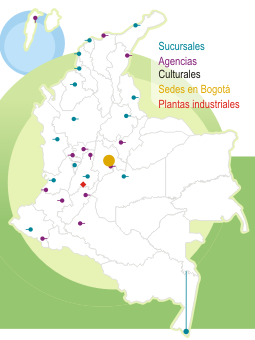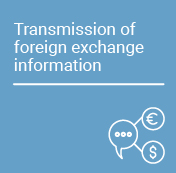Journal Essays on Economic Policy (ESPE) - Cryptoassets: literature review and analysis
In the journal Essays on Economic Policy (ESPE) - we disclose the results and policy proposals that arise from academic research carried out at the Banco de la República. When you read us, always keep in mind that the content of our articles, as well as the analyzes and conclusions derived from them, are the sole responsibility of their authors. The material disclosed in our ESPE magazine does not compromise or represent the opinion of Banco de la República or that of its Board of Directors.
This article is dedicated to the topic of cryptoassets, also referred by some as cryptocurrencies. Cryptoassets are digital units, issued in their own unit of account by private agents, and are intended to become an alternative to traditional currencies and the traditional payment system. These units are transferred electronically, and the intention is that the recording and control of transactions carried out with them is done in a distributed manner through the network in which they operate. An example of a cryptoasset, and also the most well-known, is bitcoin.
Today (November 2019), there are more than 2,800 cryptoassets, and the current market valuation or capitalization of all these cryptoassets is equivalent to approximately one-hundredth of the market capitalization of the New York Stock Exchange. Although it is a relatively small phenomenon for now, it has aroused the curiosity of many people around the world, including various institutions and academics who have written diverse papers on the subject. The article reviews this literature, emphasizing five particular topics, as described below.
The first section analyzes the structure of the cryptoasset system and concludes that, although the technological concept behind it is based on an encrypted and distributed record of transactions, in reality, the system on which users effectively operate departs from that initial idea of being distributed across the network. This happens basically because operating within this network is complex, which has led to the emergence of a small number of intermediaries that users turn to, mainly exchange platforms, which concentrate a high proportion of the system's transactions. Likewise, the mining or issuance of cryptoassets has become concentrated among a few groups with high computational power. In summary, and because of these types of situations, the network on which cryptoasset users operate is not really distributed but rather highly concentrated in the work of a few agents.
The second section examines the literature, both theoretical and empirical, related to the determinants of cryptoasset prices. Regarding theoretical literature, it mainly points to the preponderance of expectations in price formation and, as a result, the fact that multiple scenarios are equally possible, with none of them having prevalence over the others a priori. Thus, many scenarios are equally possible, such as some cryptoassets collapsing and their prices reaching zero, but also several cryptoassets remaining and coexisting alongside government currency. The empirical literature is more abundant, and there are diverse, and sometimes contrary, results on the determinants of cryptoasset prices. A general idea from this literature is that, given the relatively rigid supply of cryptoassets, the price is determined by demand, which is highly volatile and, on many occasions, is strongly influenced by momentary social trends.
The third section reviews the literature regarding the implications of cryptoassets for monetary policy, concluding that, in their current state, cryptoassets are not able to replace sovereign currencies. This occurs because cryptoassets poorly fulfill the functions of money (that is, serving as a medium of exchange, unit of account, and store of value). The problem lies mainly in the high volatility of cryptoasset prices. The literature thus considers that even in economies where there is low credibility of the local sovereign currency, due to high levels of inflation for example, it is difficult for cryptoassets to be a better substitute than stable sovereign currencies like the dollar or the euro.
The fourth section examines the literature related to the effects of cryptoassets on financial stability. This literature, very much in line with the previous section, points out that, given the still very small size of cryptoasset activity, there are no significant risks to financial stability. Of course, the literature also states that in the case of a significant increase in the use of cryptoassets, the probability would increase that the materialization of risks in that market could end up significantly affecting traditional financial markets.
Finally, the fifth section reviews the literature on regulation. The debate on whether cryptoassets should be regulated or not remains active, and there is no consensus on the matter. The section mainly examines what exists in the literature in relation to considerations made by some academics or institutions and by some countries that have decided to establish some type of regulation. It points out that, due to the anonymous nature of cryptoassets and the difficulty of tracing their transactions, regulation, if any, should focus mainly on intermediaries and in different areas (for example, in control for the prevention of money laundering and terrorist financing), and on the interaction between these intermediaries in the cryptoasset market and the traditional financial sector.

































































